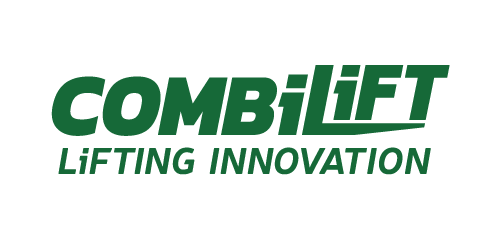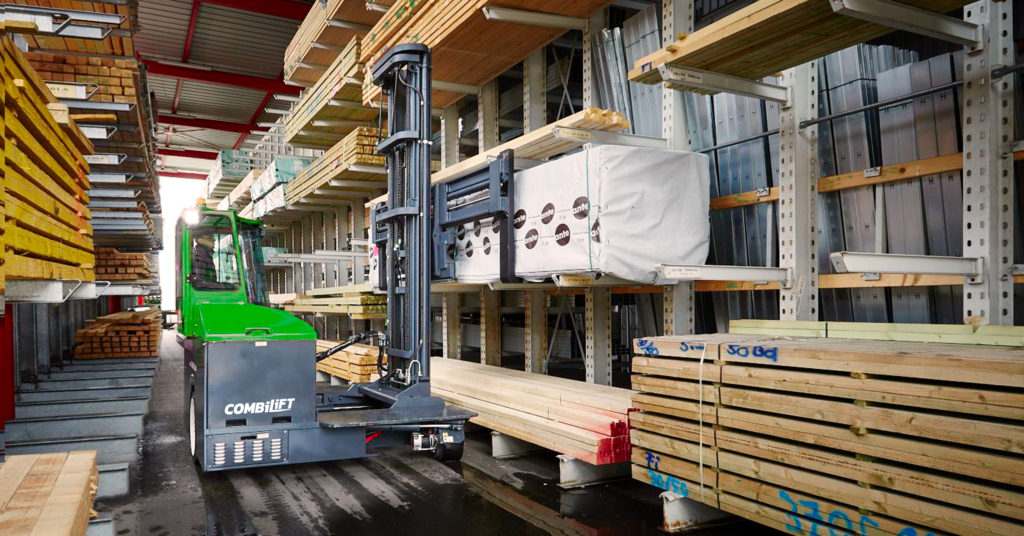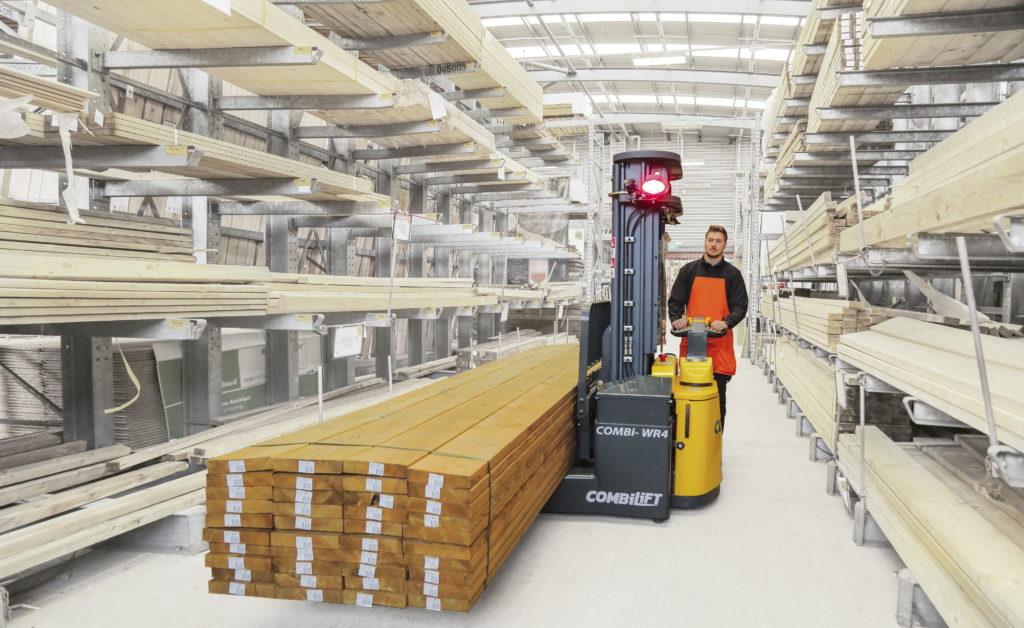Ensuring the safest possible working environment doesn’t just mean adhering to statutory guidelines; creating and promoting a safety strategy across the workforce encourages a culture of vigilance which ensures that risks are kept to a minimum. This is particularly vital in the materials handling sector, where the combination of powered vehicles such as forklifts working in the vicinity of other employees on foot can lead to any number of potentially dangerous situations.
To celebrate World Day for Health and Safety at work this year, Combilift would like to highlight the key safety benefits of our products and how they can enhance and create a safer working environment for employees/forklift operators in a series of industries across the globe.
It pays to choose the right equipment
Choosing the most suitable equipment for specific handling requirements can vastly improve safety – whether you are handling relatively light pallets, long loads, containers, or very heavy oversized modular structures in the warehouse, manufacturing facilities, loading bays or yards.
The indirect costs of not using the right trucks can be measured in terms of downtime after collisions, product damage or repairs for damaged racking, and administrative costs for accident investigations. What’s required are handling solutions tailored to specific challenges.
Since Combilift launched its first C4000 multidirectional forklift over 20 years ago, a cornerstone of our company’s design philosophy has been to supply innovative handling solutions that reduce risk and prevent accidents. Each of our around 30 products has been specifically developed with safety at the forefront. Our thousands of customers around the world have also come to the conclusion that putting safety first doesn’t just protect the workforce but leads to other wide-ranging benefits such as improved productivity and more cost-effective operation.
Long loads
Long loads can be tricky to manoeuvre and greedy on space. Combilift’s multidirectional models were specifically designed for the demands of handling these safely and efficiently as they combine the advantages of a counterbalance forklift, side-loader, and narrow aisle truck in one.
“We originally changed from counterbalance trucks to Combilifts to ensure safety as well as space-saving manoeuvering of our long products – moving 18m beams with a counterbalance truck is not ideal from many points of view,” said Joint MD Alan Boyden. “We have been very happy with the robust and multi-purpose operation of the trucks, but more importantly, they make a valuable contribution to our aim to establish and maintain the highest standards of health and safety performance within our industry.”
Safer on foot
Operating at walking speed is inherently safer than using a motorised truck with a driver in a cab, and where possible, many companies are looking at using pedestrian-operated trucks. The technology now integrated into the latest generation of these, such as the various models that Combilift now produces, enables them to not just handle small palettized loads but also longer products such as sheet materials, which offers more versatility. Combilift’s range includes 2-directional and multidirectional Combi-WR and Combi-WR4 reach stackers, as well as the Combi-CS counterbalance design stacker. A key safety feature in all the models is the unique patented multi-position tiller arm. This can be turned to the left or right of the truck, allowing the operator to remain at the side when working in narrow aisles rather than the rear, reducing the risk of them being crushed or trapped between the truck and racking. Good all-around visibility of the load, the forks, and the working environment make it safer for everyone on site, whether the truck is working indoors or outside.
Extreme loads
Any company that deals with large loads of concrete or structural steel for example is familiar with the risks that are posed when loading trailers with products ready to be sent out to customers. This can often involve the need for working at height as personnel stands on the trailer to guide forklift drivers, or to sling hooks onto loads when using cranes. To eliminate these hazards, many are turning to Combilift’s Combi-SC range of straddle carriers, the structure of which is designed to safely lift loads of uneven weight distribution with maximum stability. Lifting on four corners allows the full load to be prepared at ground level and placed securely. Once completed, the Straddle Carrier drives over the top of the load, picks it up in one lift, and lowers it directly on the truck bed ready to be secured for transportation. Lifting and manoeuvering even the heaviest and very cumbersome loads is no problem for the Combi-SC. Its optimum centre of gravity, broad wheelbase and exceptional 3-wheel manouevrability ensure maximum load stability. And there are many other benefits, as Mike Nesbitt, Equipment Manager at Schulte Building Systems in the US explains: “Doing something the safer way has ended up being the more profitable way too. Our Combi-SCs have not only improved safety in the shop floors and yards but have halved the time it takes to build a load, reduced labour costs, and boosted profits.”


















